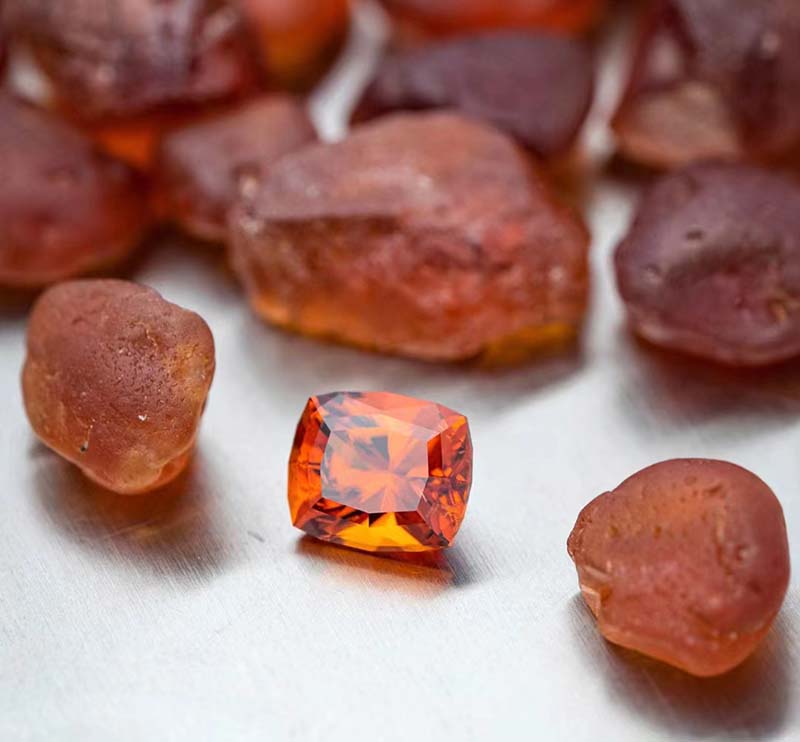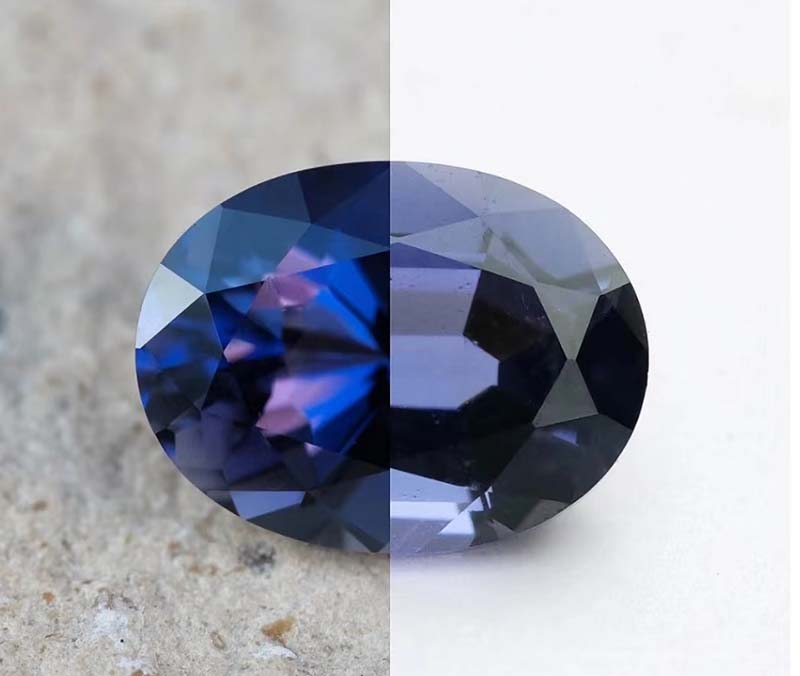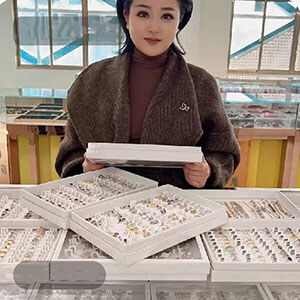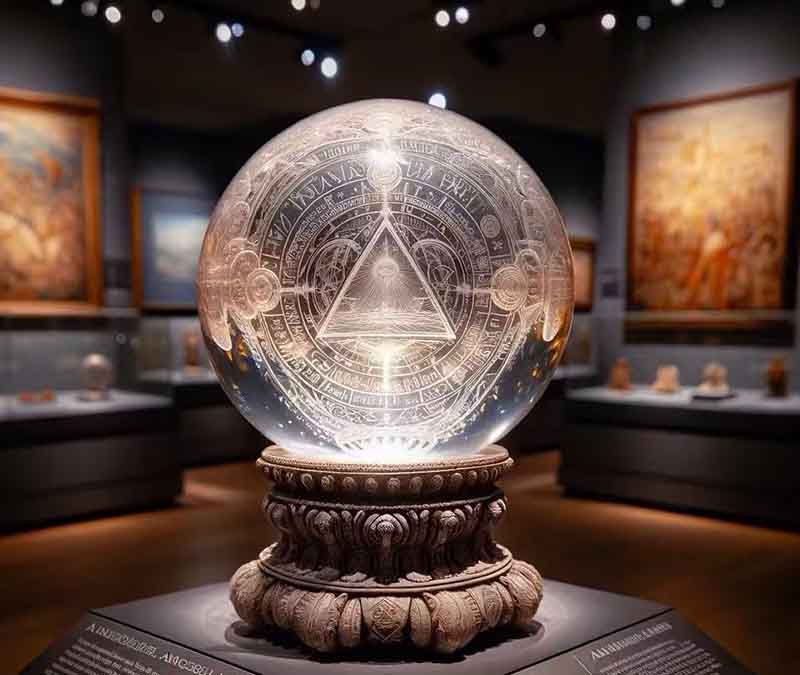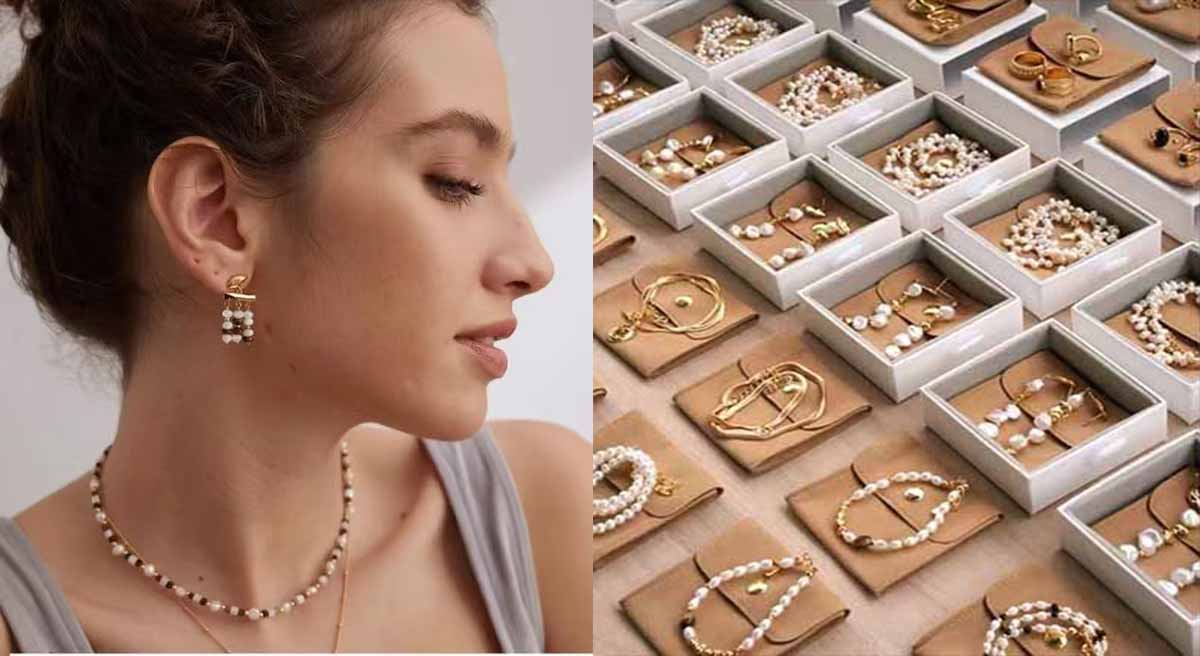What is a fine cut gemstone:
There is no commonly acknowledged fine-cut gemstone criteria. The GIA’s diamond cutting standards developed the idea of a fine cut. We call it a 3EX cut, or an internally fine diamond, if the cut, symmetry, and polishing ratios are all excellent.
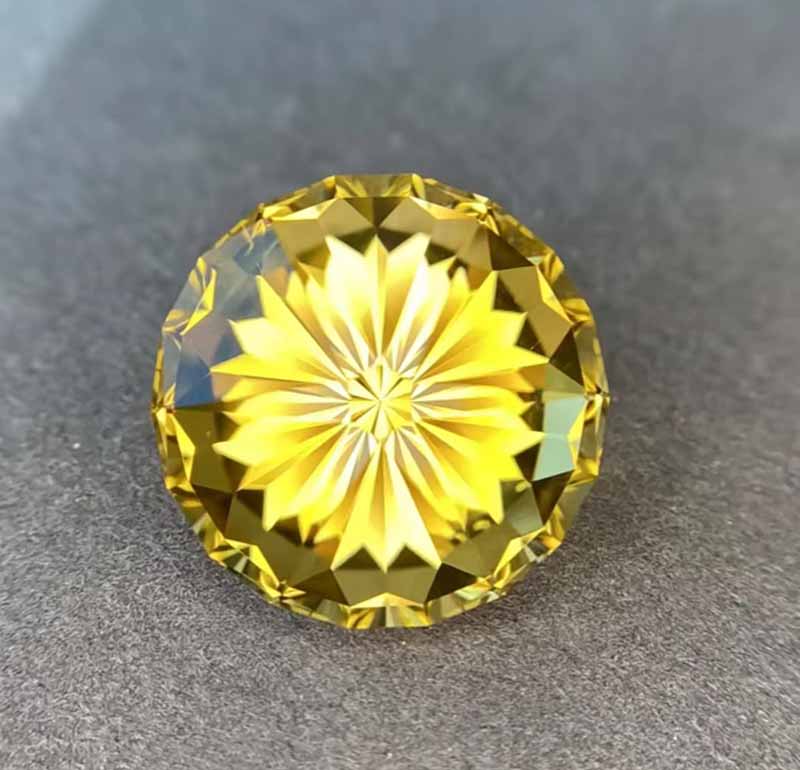
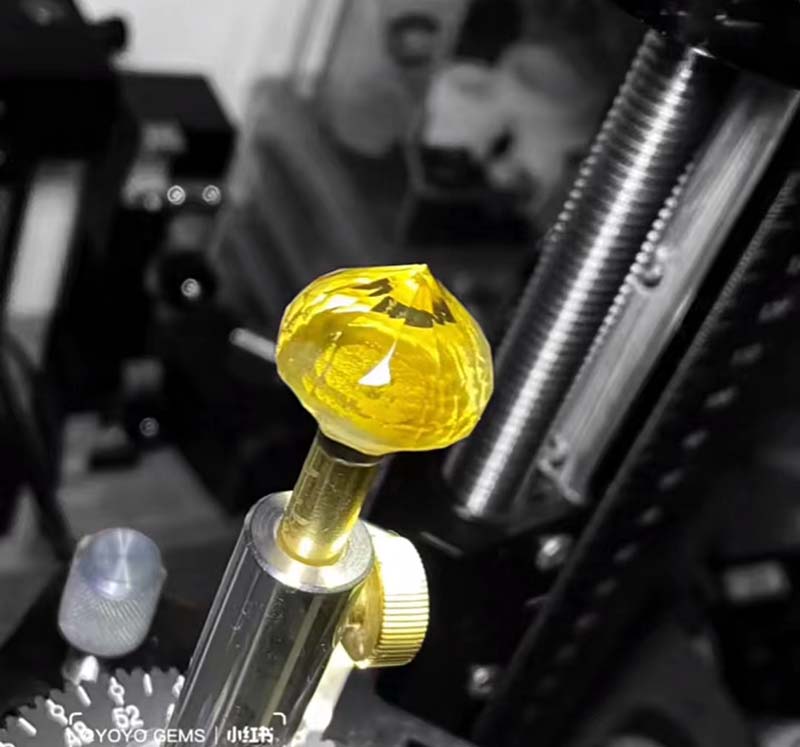
What does cut mean in gemstones?
Colored gemstones are far more difficult to standardize than diamonds. Because the hardness, dispersion value, refractive index, and other qualities of each gemstone variety change, it is impossible to define accurate criteria for identifying a fine-cut gemstone.
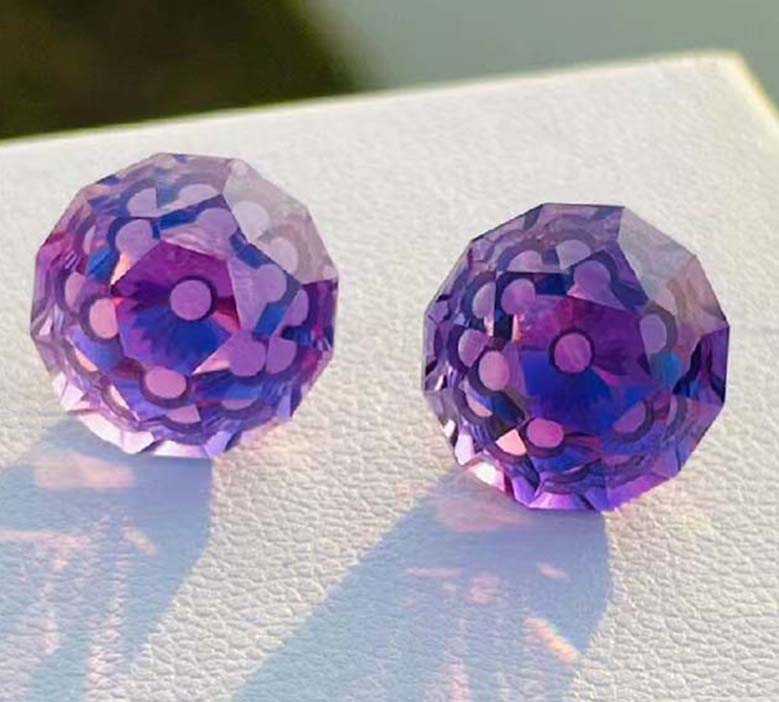
However, there are many common points in a diamond; we mentioned that this cut ratio comprises aspects such as the crown angle, pavilion angle, entire depth ratio, table width ratio, and so on.
In reality, these data represent a measure of the cut ratio, which is an important parameter. If we cut too thick or too thin, the color of the flames will change.
Many people will go after the table huge gem, but it will almost certainly be thinner after minor leakage.
Asian cut & European cut:
On the market, we constantly hear about price decreases in Asia and Europe.The Asian cut is more in line with our Asian style.
It is more weight-saving; the cut will be somewhat thicker. It appears to have spherical proportions. The phrase “European cut” does not suggest that the cut must be done in Europe, but rather that the quality is more in keeping with Europe’s more established jewelry business.
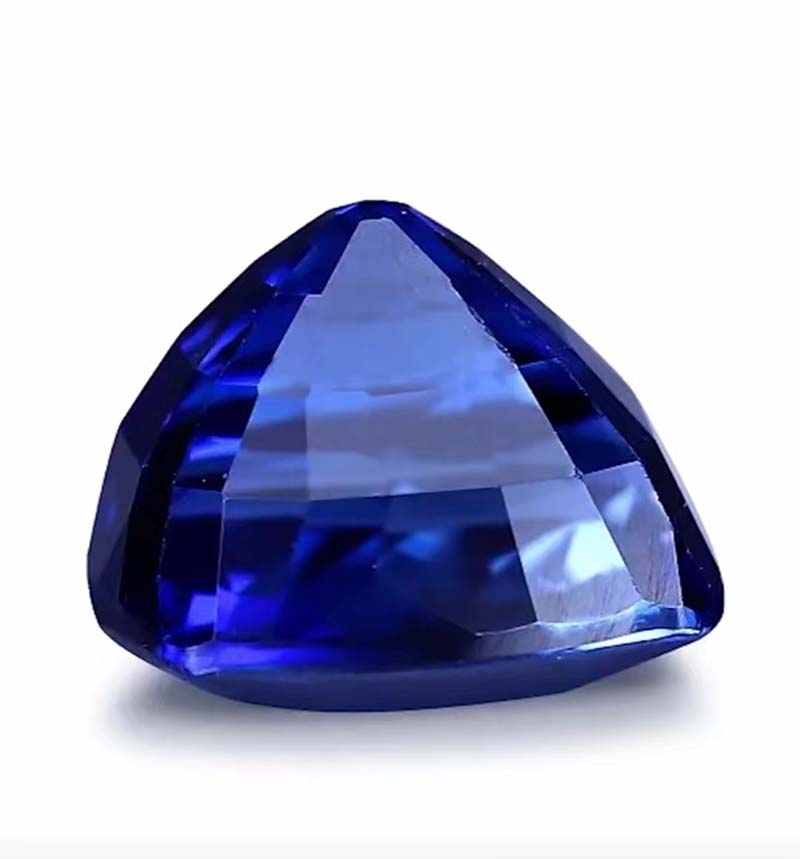
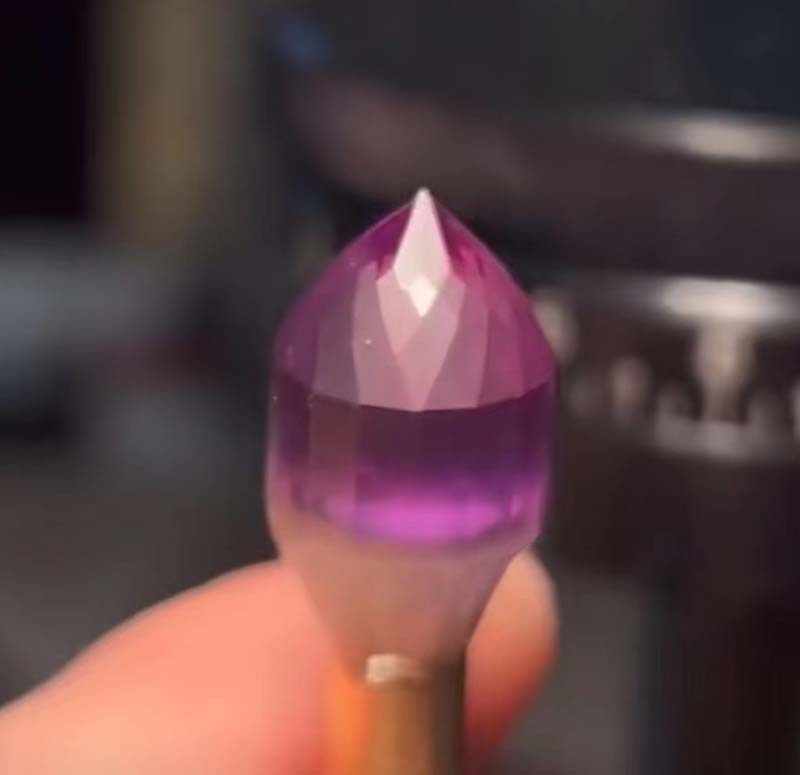
European cuts are less concerned with weight loss and may aim to boost the stone’s fire color at the price of some weight. The Asian cut prioritizes weight.
The brightness and glitter, as well as the fire, are fairly impressive from the front. As you turn it, though, you will discover that the fire has gone out. From the side, it looks like a funnel with no crown.
I don’t think it’ll be a good cut if it’s like this. Because the proportions of the cut aren’t really pleasing.
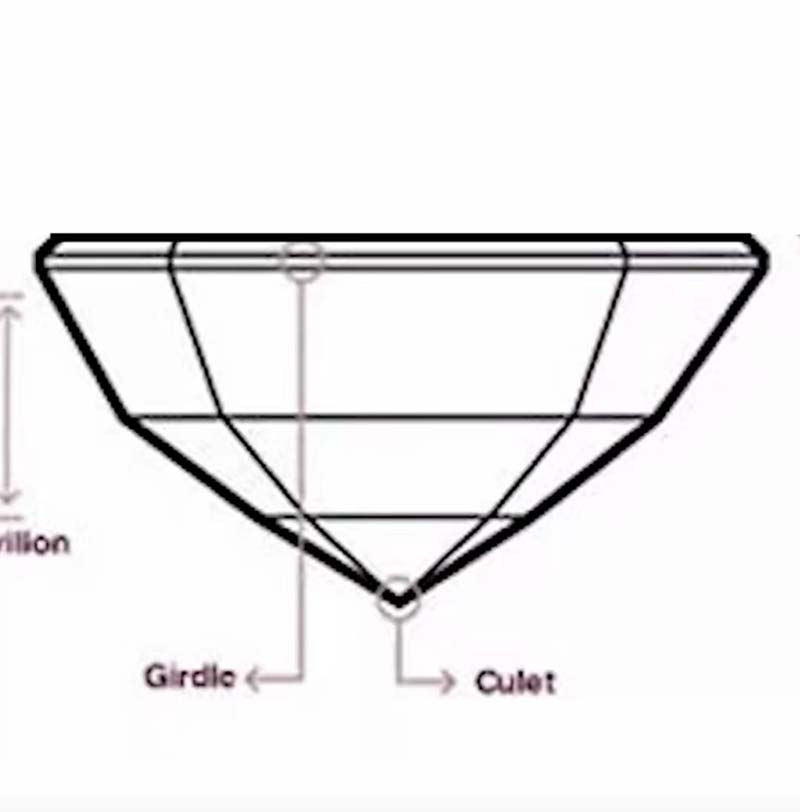
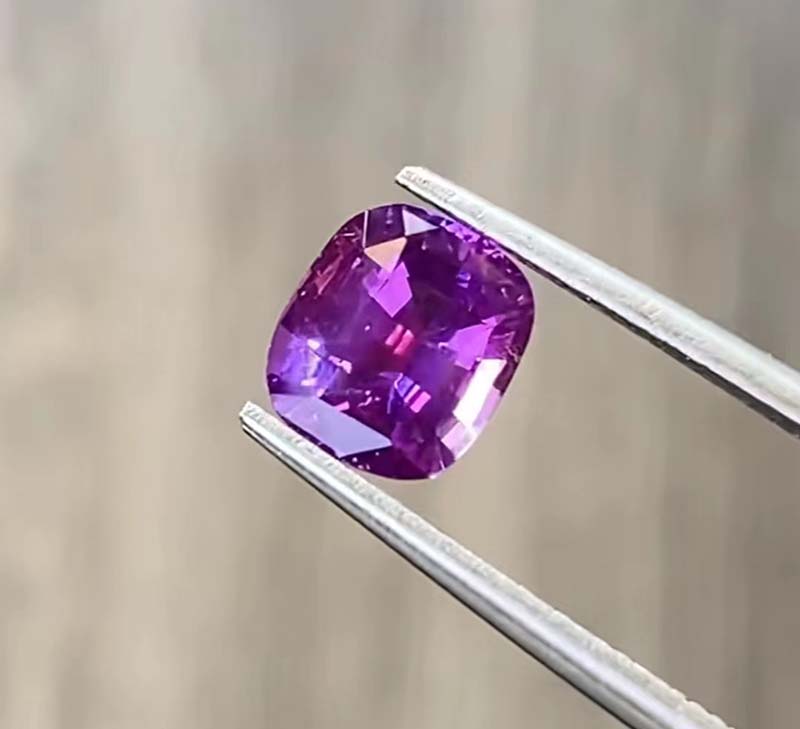
Cut in jewelry:
Many people may conclude that if this stone is on the market, it is a wonderful cut since its fire color is fairly beautiful when viewed from the front, but not when looked from the rear.
Its black region is suggestive of a ghost, which is constantly concealed behind it, as if there is something strange about its fire color.
We flipped it over and noticed that the cut on my stone was a touch thick. It’s a bit of a reach to claim it’s not a fine cut, in my opinion.
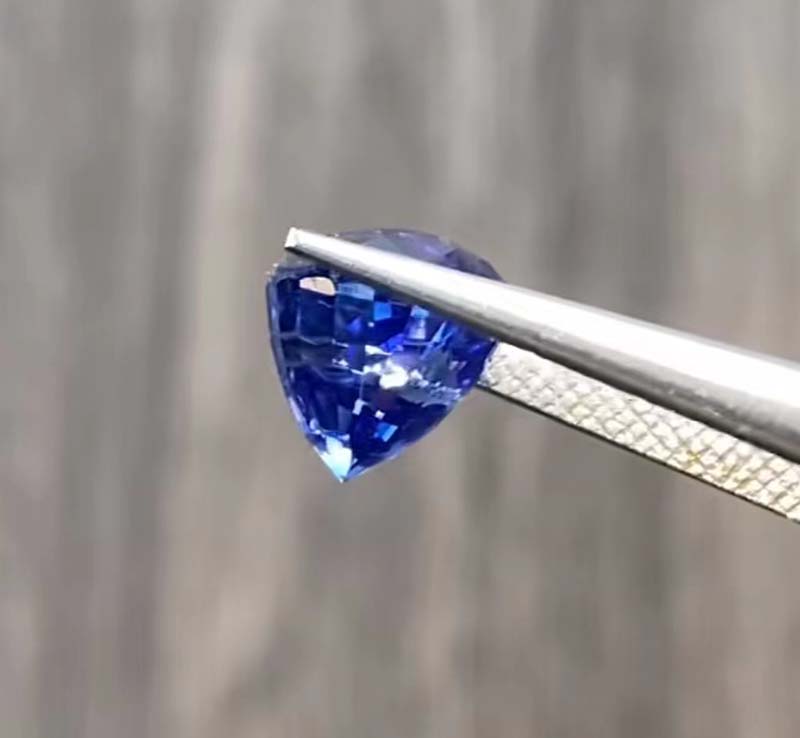
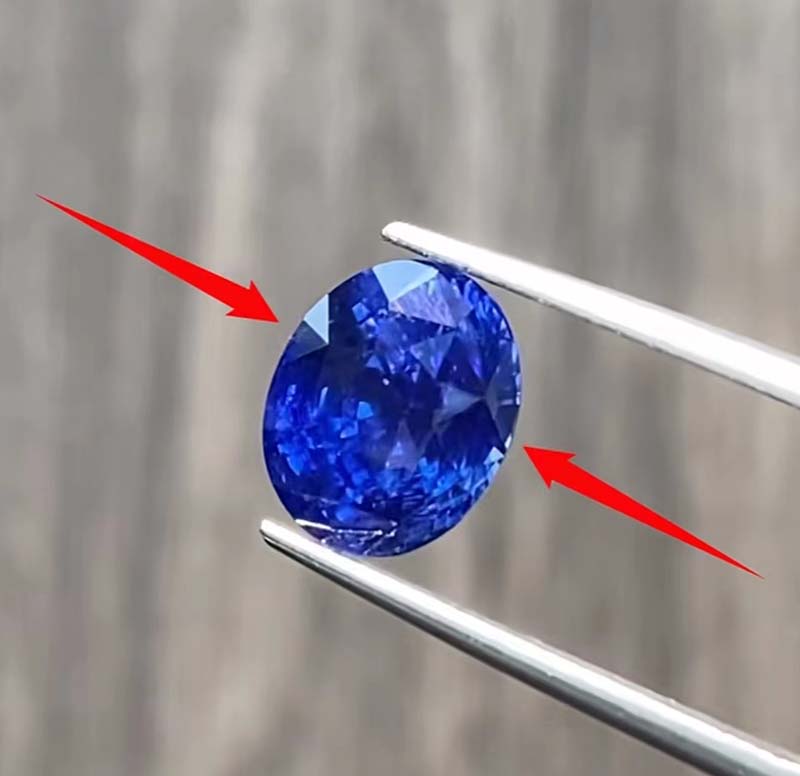
This is a noticeable thin stone. When we look at it from the front, it looks like a doughnut in the ring, with that type of shimmer surrounding it.
But it feels like we can see what’s behind it in the center, kind of like this glassy sense, like this one is plainly missing the bottom. It must be chopped extremely thinly.
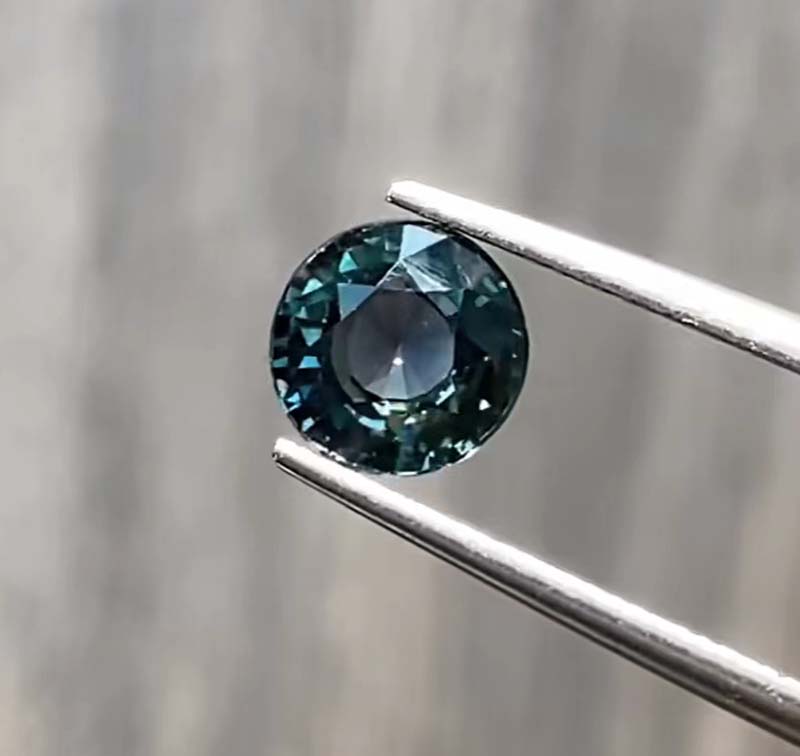
The symmetry of the gems:
A round gemstone can correspond to a point in its center, such as 12:00, 3:00, 6:00, or 9:00, depending on whether it is the same distance. To put it another way, take the same round diamond as a pizza, cut it into 8 petals, and then overlap and 8 pizzas together to see whether they can entirely overlap.

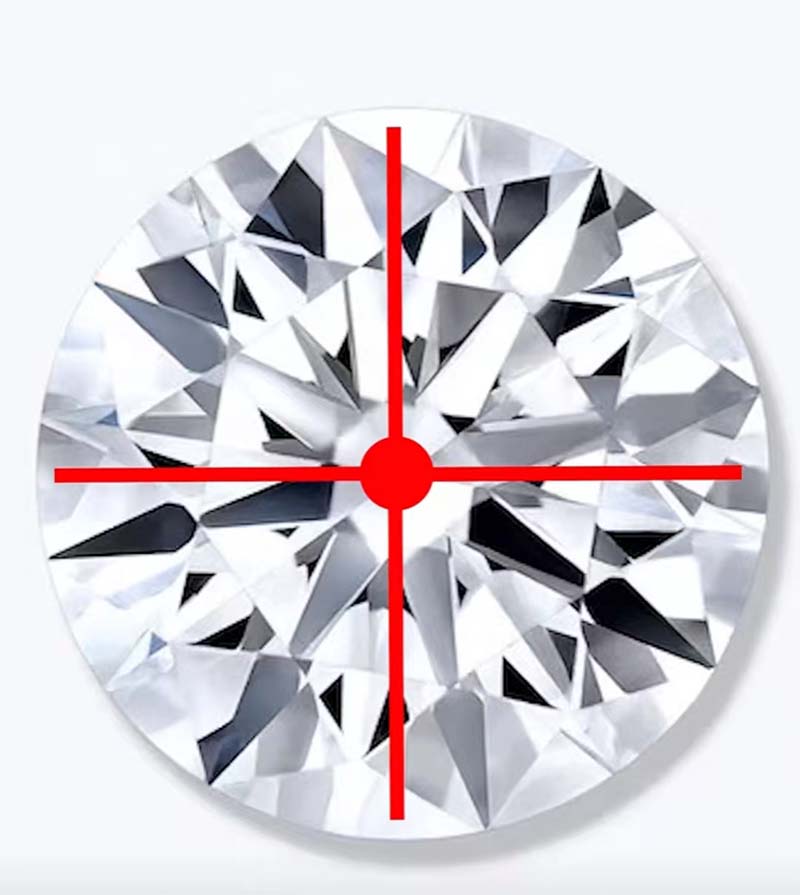
How can we know whether it’s a horse’s eye in the shape of a teardrop? We may seek for a central axis that corresponds to the center, just like a leaf.When the left and right sides converge, the symmetry improves.
The axes of symmetry of the emerald pair cut may completely overlap at the top and bottom, left and right.
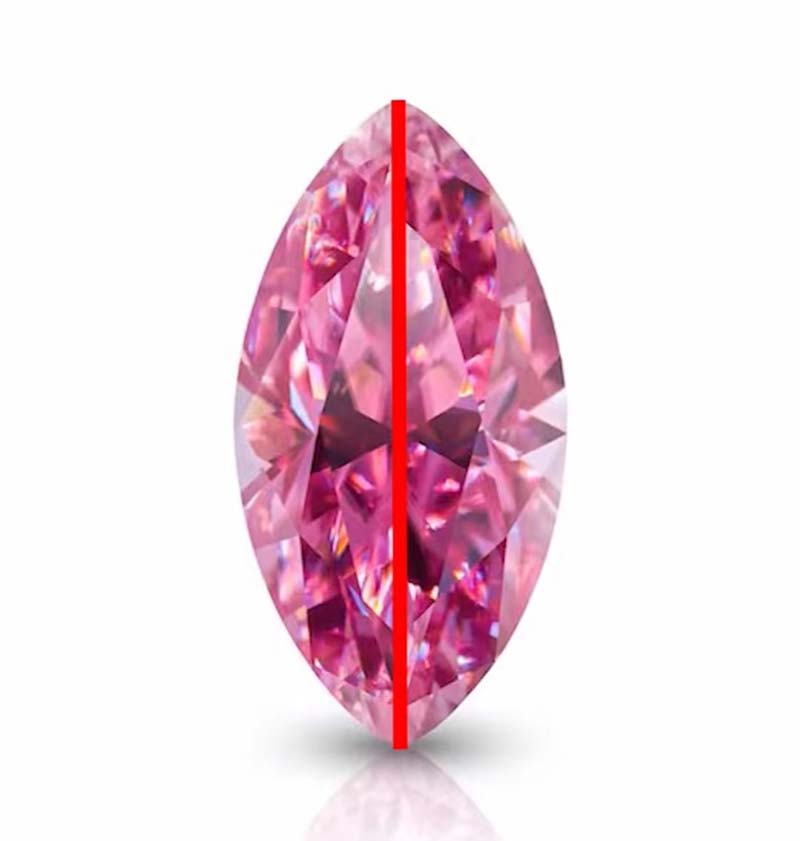
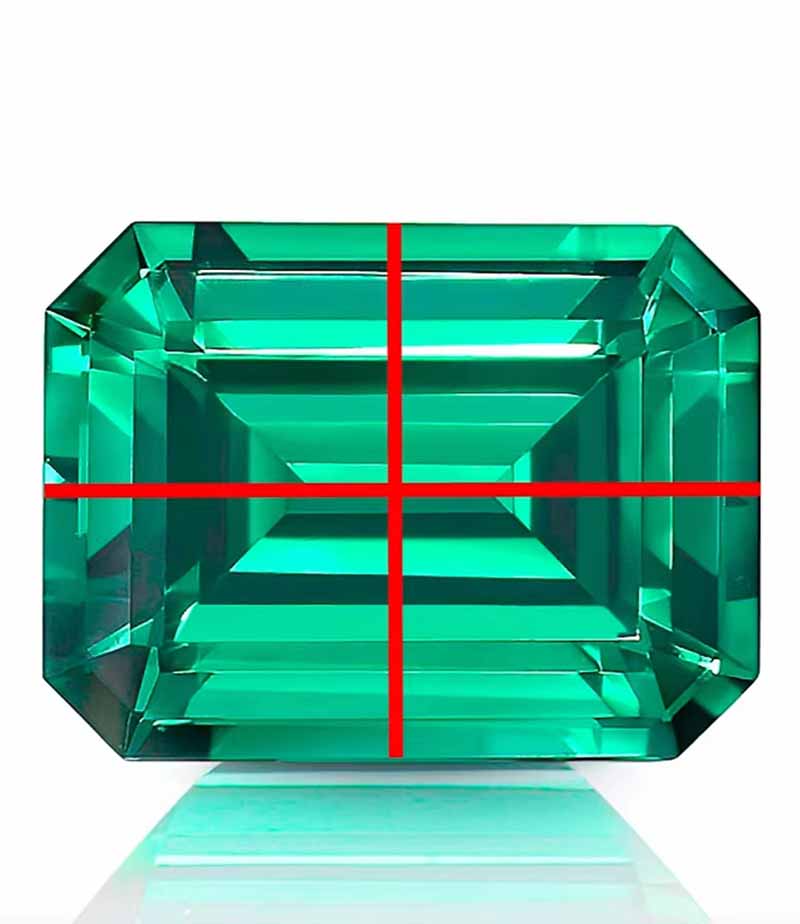
It’s also easy to ignore the bottom tip, so flip it over and look at the other side of the stone.
Many valuable stones on the market have crooked tips. We call this type of crooked ass gemstone crooked ass.
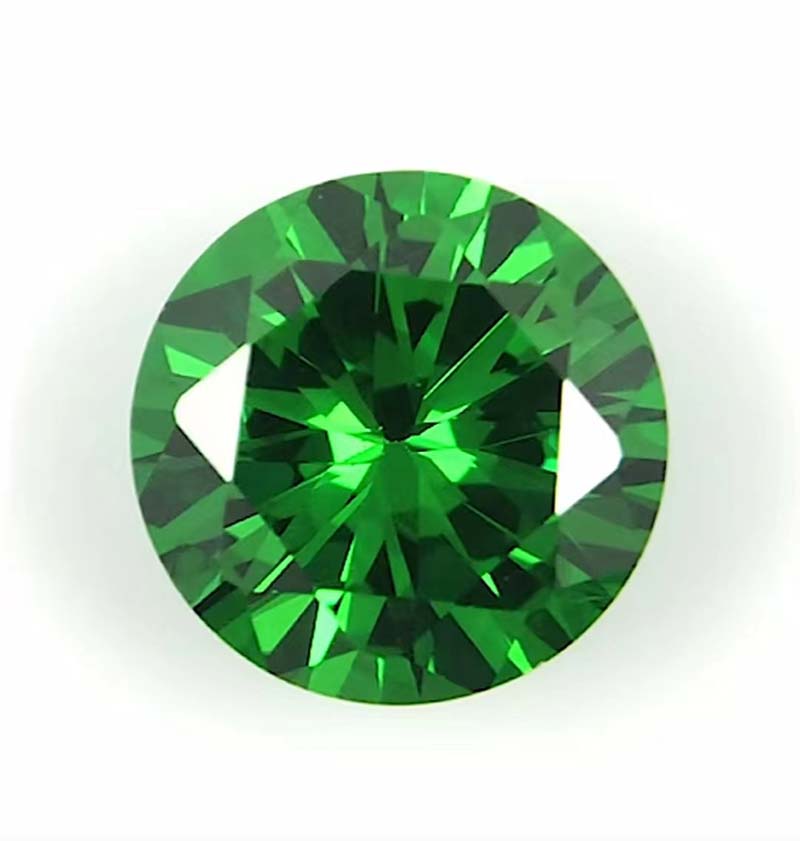
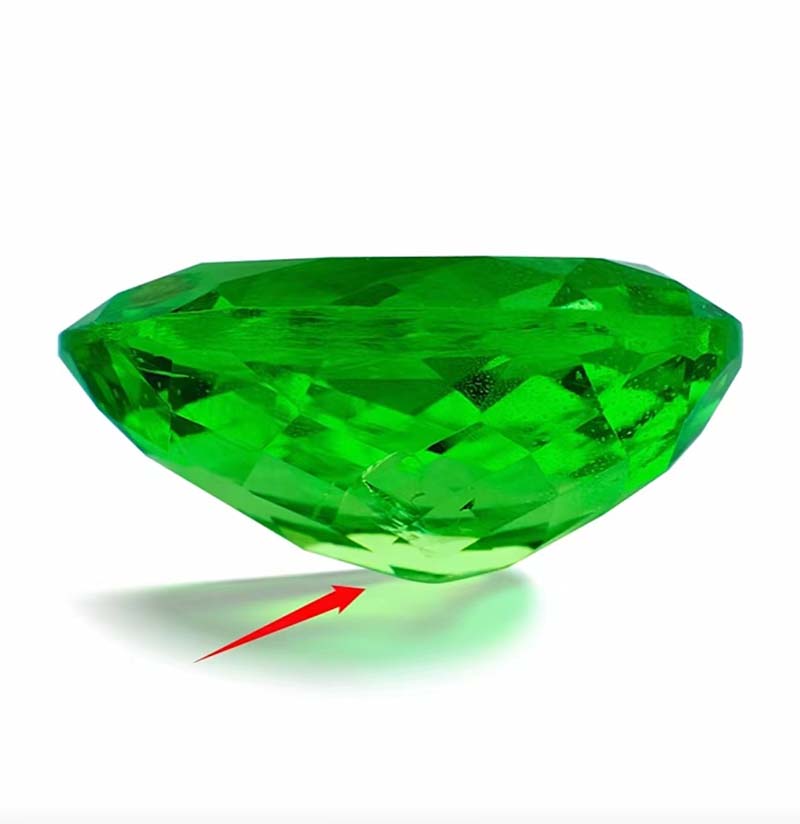
For example, when we get a gemstone, if we look at it from the front, the fire color is quite good. However, once we turn it on its side, we will find that the butt is crooked.
Polishing:
Polishing this item is a lot of people easy to ignore the place, there may be its cutting ratio is very good, symmetry is also very good.
But always feel that the gemstone has a hazy feeling, we are observing the gemstone on each face and the other face of the junction of the place, whether it is like a knife blade like a very sharp and very straight kind of feeling, like this kind of word is polishing is very good.
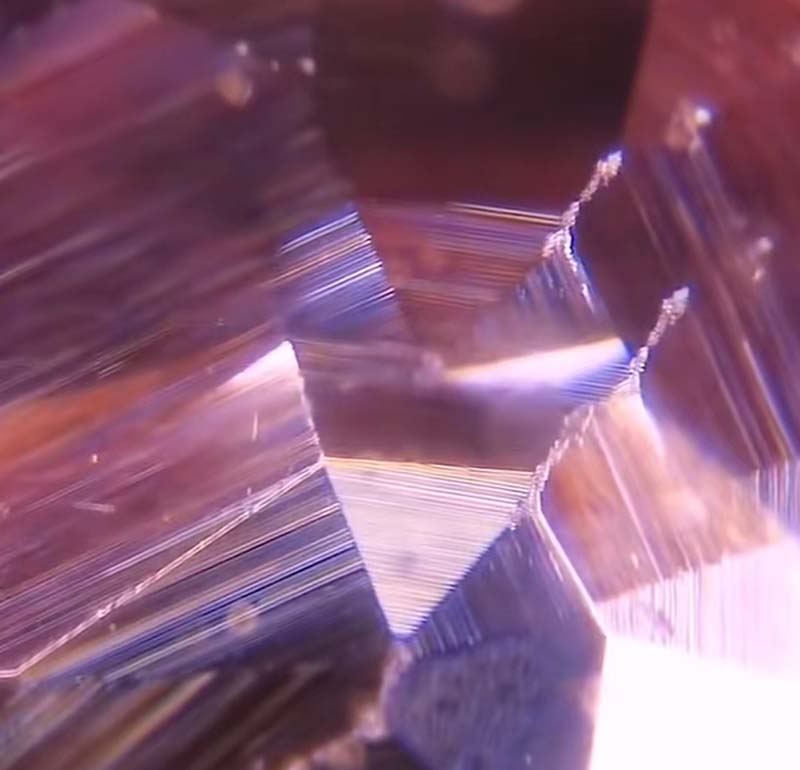
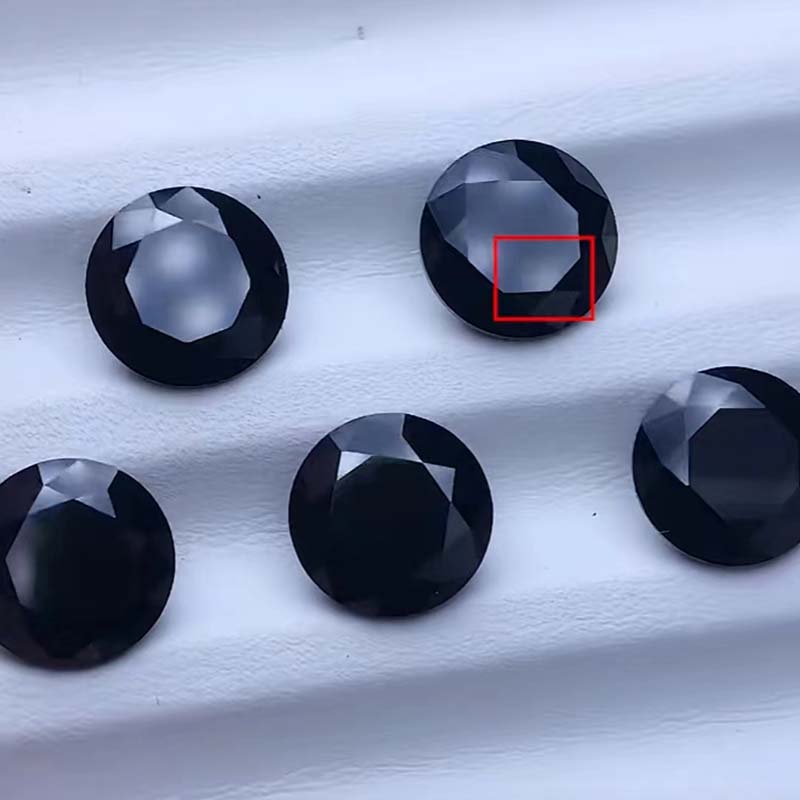
The supplier may place the line in the same parcel if it is not very clear, misty, or a very visible white line. Its prisms have gotten exceedingly hazy after a long period of grinding about.
We usually notice that this white line is just too much wear, as with spinel, peridot, and other jewels. As the name says, a very frequent polishing grain, or polishing disorder, affects the surface of the gemstone during the polishing of the texture left behind.
In general, it is a parallel line. It is typically a parallel line. This phrase is used when someone is not very careful during polishing.
The condition of reaching full fire color:
If a gemstone is constructed with its refractive index in mind, cut with ideal proportions and symmetry, and polished to perfection, it will have the desired full fire color. What exactly is full fire color? What color is full-fire?
When we receive a gemstone, we will see that it has some bright parts and some dark areas, which are referred to as bright areas and dark areas, respectively.
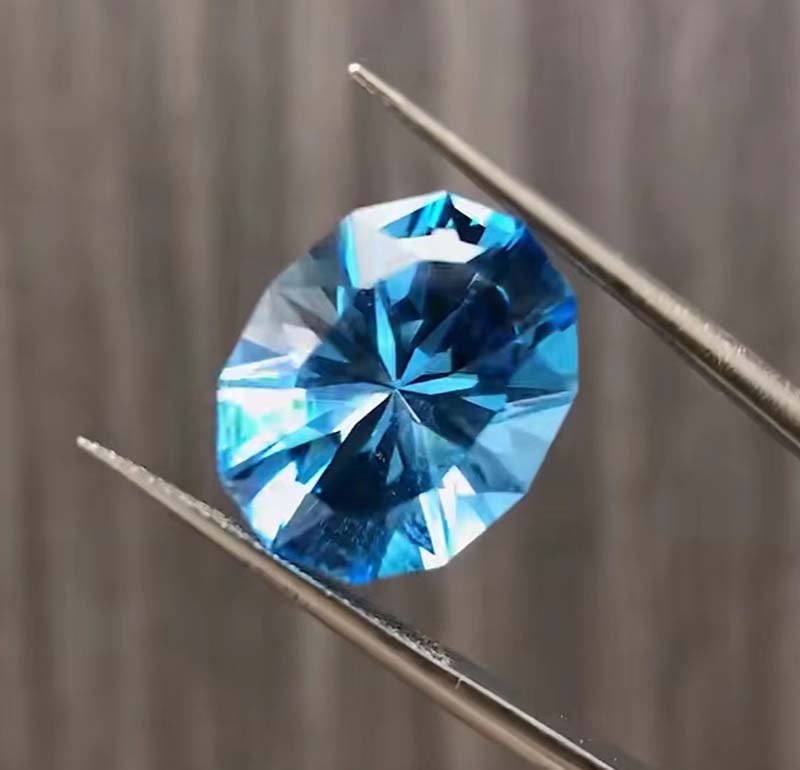
A gemstone with entire fire color must be brilliant all the way through; it must have more light spots and very few dark regions, with the dark sections buried between the bright areas. There is no dead space during rotation, and dark areas can be transformed into light areas.
Consider the end of a very visible approach to assess what is fine-cut as an example. The first is a pair of green sapphires; this one has an infinite sensation; it is a fire color condensed in a circle; its counterpart, a full fire color, does not appear to be any different.
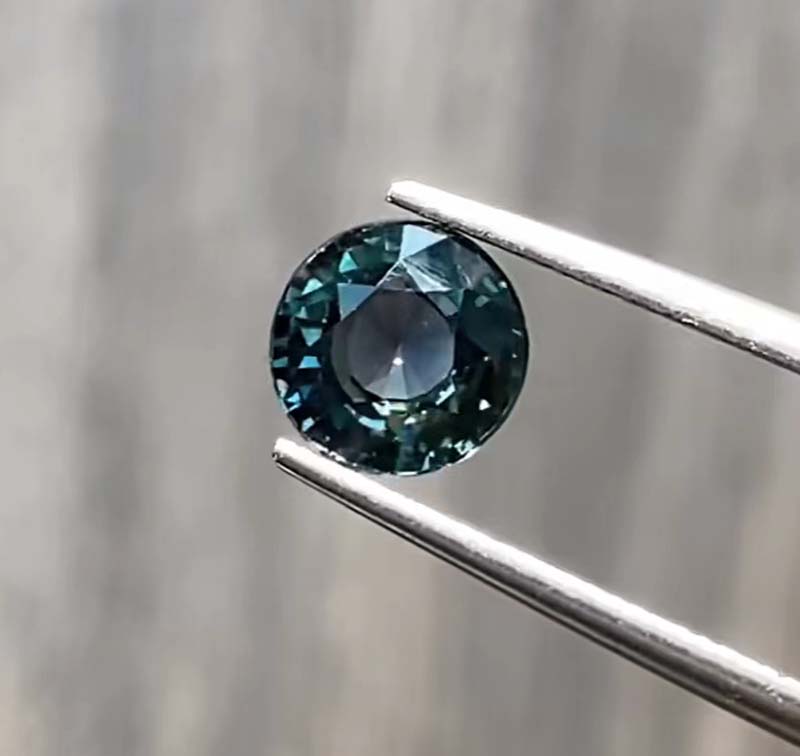
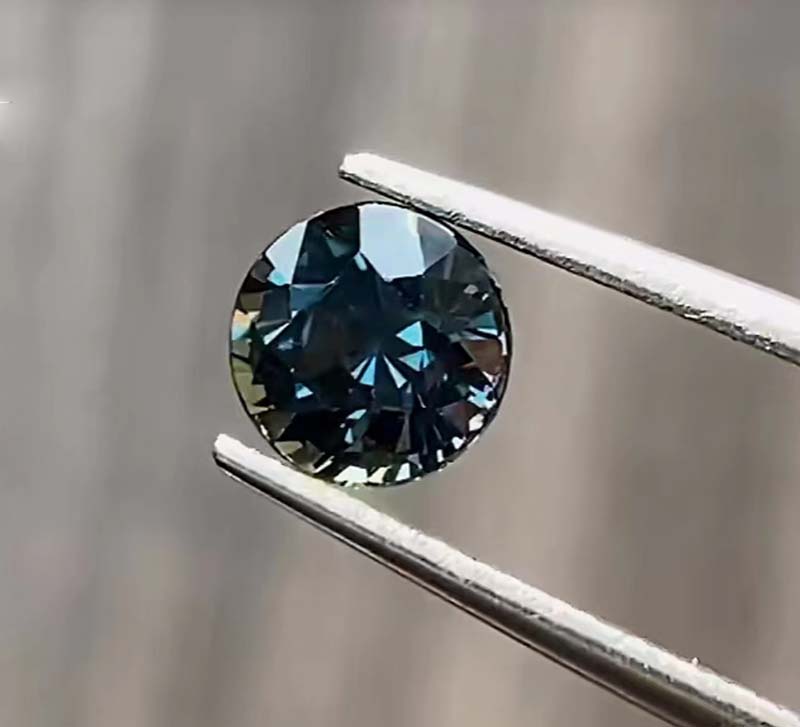
Why are gemstones cut ?
Have you noticed how stark the contrast is when you place them together? One of them has a great feeling of live color ,it has a wonderful sense of live color.
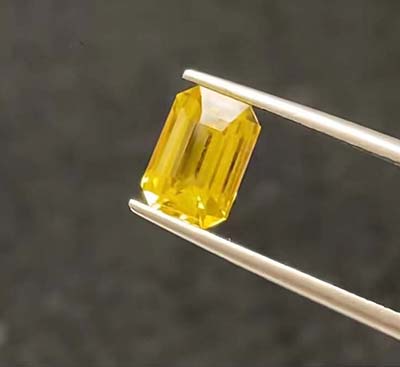
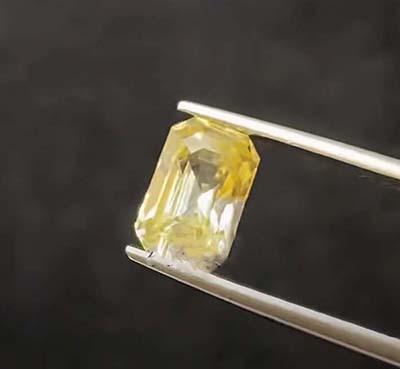
And it’s rather full, however have you noticed that this one lacks a fire color?
This is a pair of spinel. Many guys would agree that if the one on the left stood alone, its fire is acceptable, but there is a huge difference between it and a true spinel.
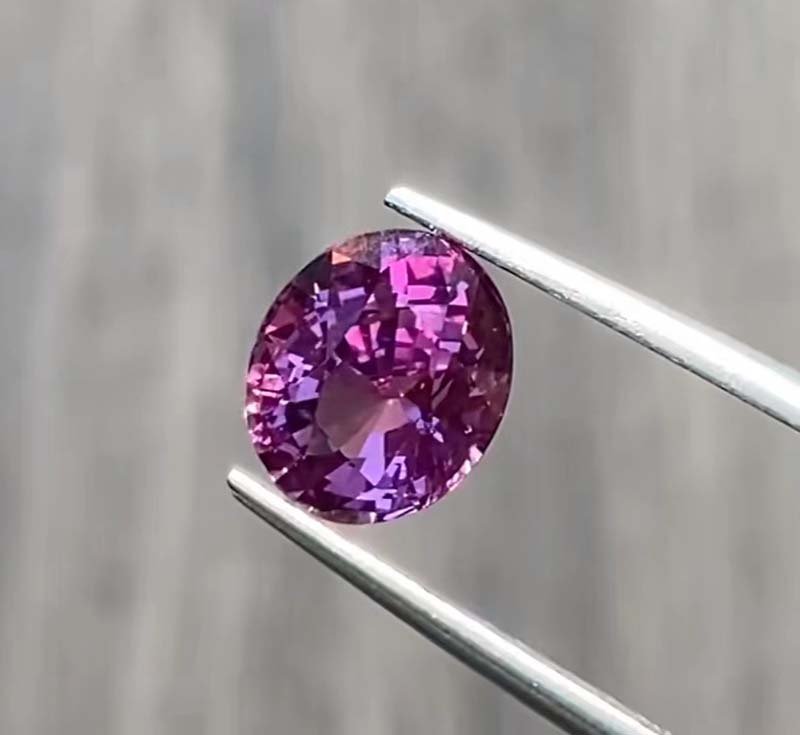
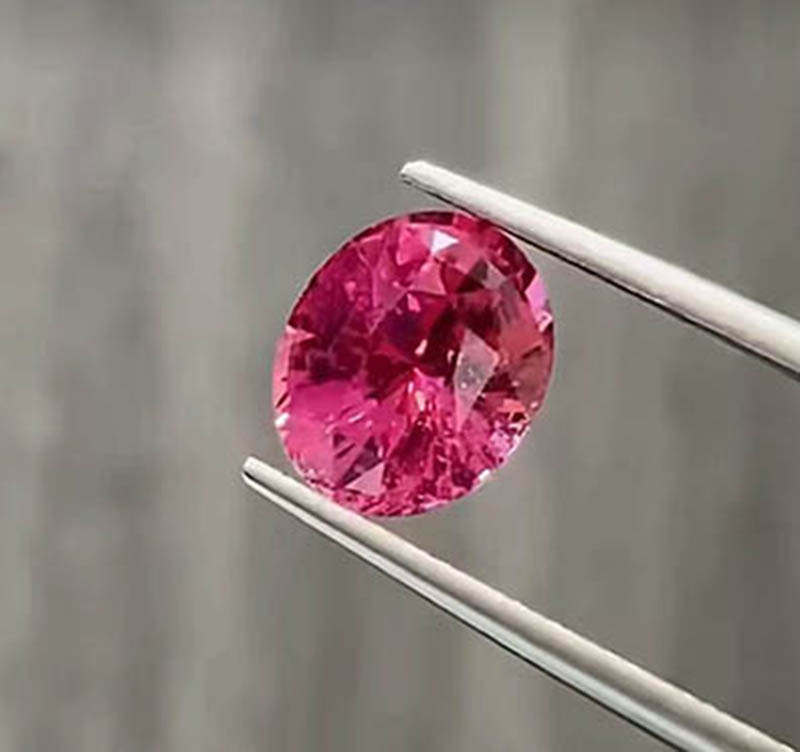
The fourth group is a comparison of sapphires, again a square circle; this one is a regular cut; this one is a fine cut; aren’t they very different?
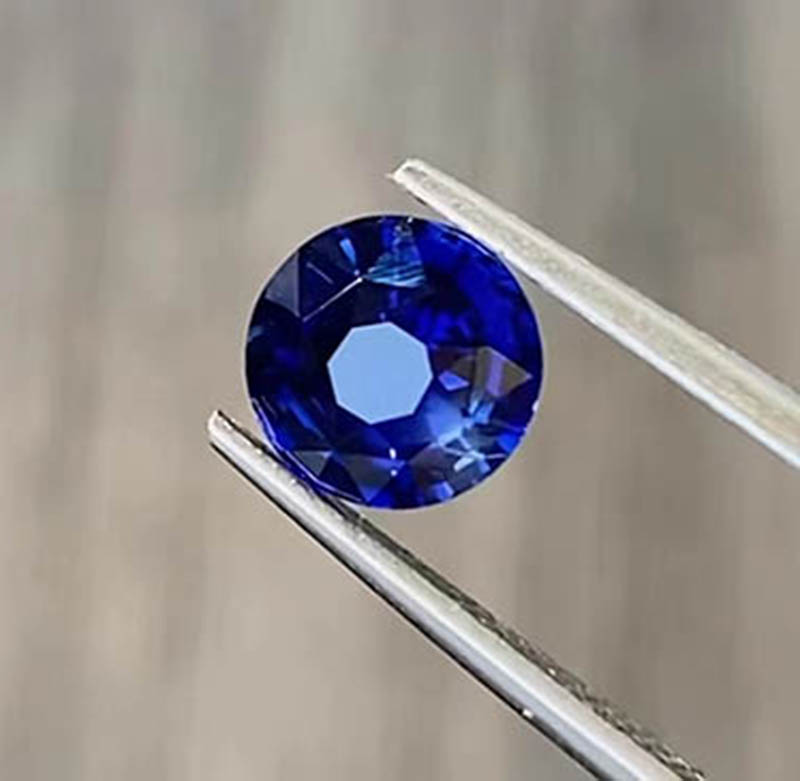
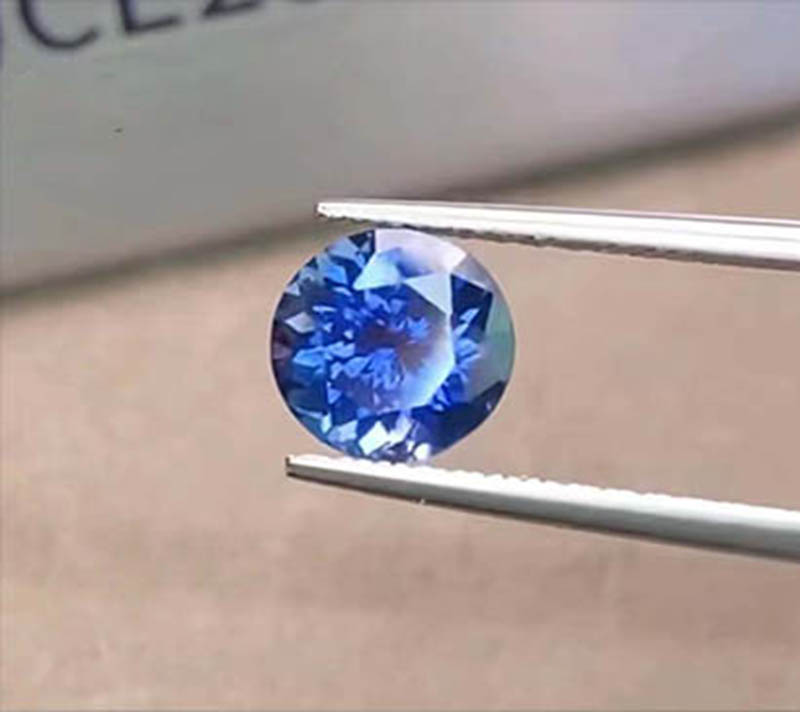
The same is true of a heart-shaped sapphire; this one is a regular heart-shaped cut, and this one is a fine cut; can you tell the difference?
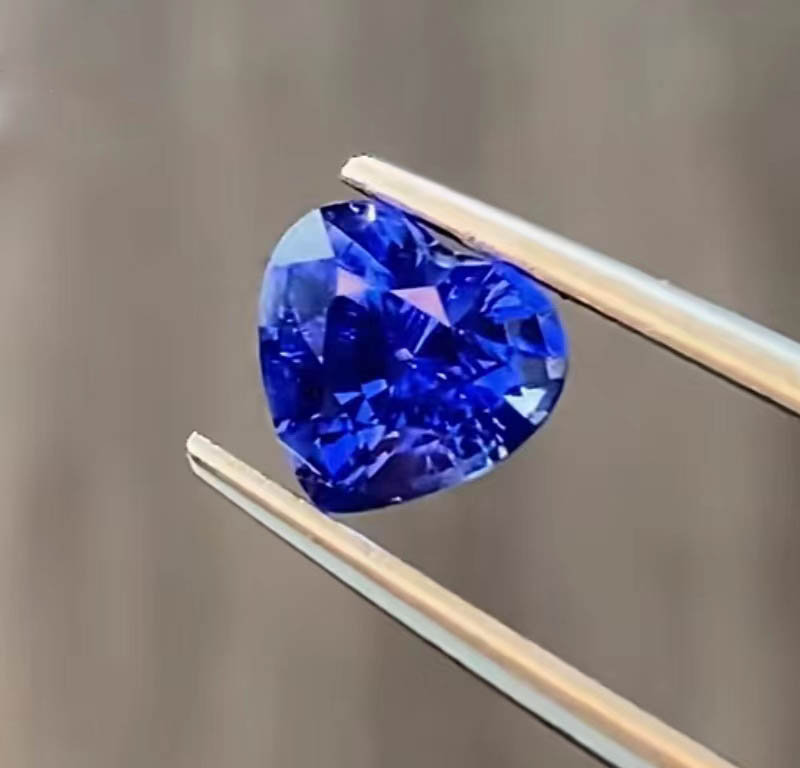
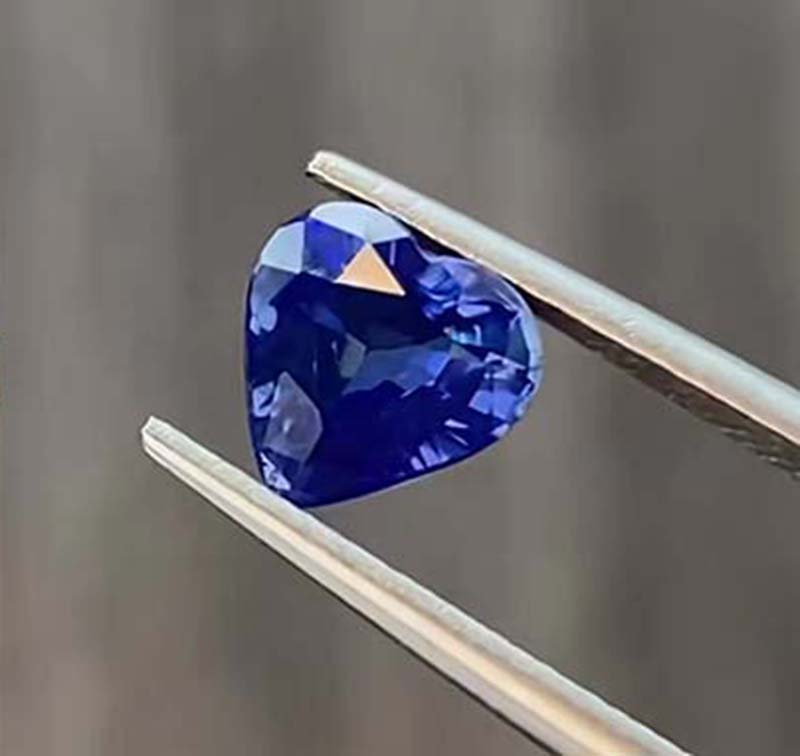
To summarize, a fine cut gemstone must have a reasonable proportion of cut, symmetry, and polishing, as well as be a full-fire colored gemstone when we look at it, and reaching all four qualities is a very powerful fine cut gemstone.
Did you find out?
